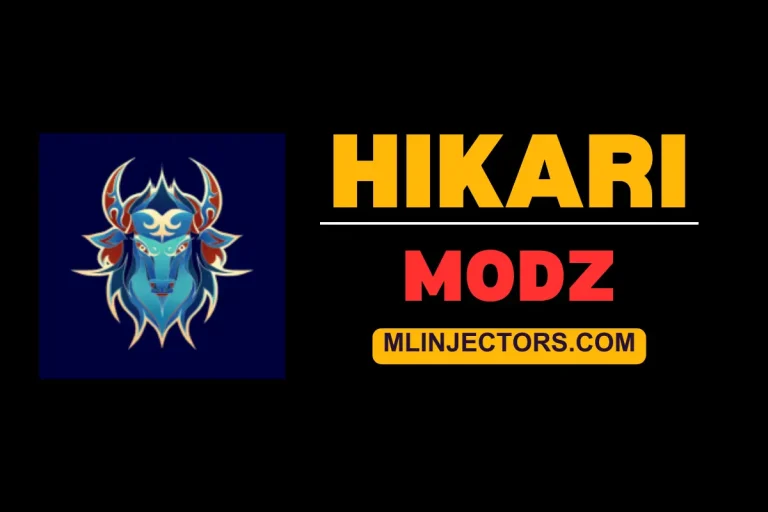Is Desert Henna Just Body Art or a Cultural Story Written on Skin?
When travelers step into the golden sands of Dubai, they expect thrilling dune bashing, camel rides, and starlit dinners. Yet, in the middle of all the adventure, there is a quieter, deeply cultural experience that often captures attention: Henna painting. But is henna just decorative body art, or does it carry a story, a cultural heritage, and even a spiritual essence?
Let’s dive into the hidden world of henna painting, an experience often included in desert safari Dubai deals, and see why it is more than just a temporary tattoo.
The Origins of Henna in Arabian Culture
Henna, also known as mehndi, is derived from the leaves of the henna plant (Lawsonia inermis). While it has been used across Africa, South Asia, and the Middle East for thousands of years, the Arabian Peninsula has its own unique traditions.
In Arab culture, henna painting was not merely an accessory for beauty but a symbol of celebration, protection, and blessing. Brides were adorned with intricate henna patterns as part of wedding rituals, while families used it during festivals like Eid to symbolize joy and togetherness.
When you join a desert safari Dubai, you’re not just seeing this art; you’re stepping into a tradition that has been passed down for centuries.
Henna in the Desert Safari Experience
Today, henna painting is one of the highlights of many Dubai desert safari deals. After the adrenaline rush of dune bashing and quad biking, guests often find themselves in Bedouin-style camps where artists apply henna designs.
- Quick Application: Within 10–15 minutes, you can have a beautiful floral or geometric design on your hand or arm.
- Temporary Beauty: The patterns last from a few days to two weeks, making them perfect souvenirs without permanence.
- Cultural Interaction: Most henna artists you meet in the desert are locals or expatriates trained in traditional Arabian and South Asian styles, offering a unique blend of designs.
This makes henna painting not just a tourist activity but an immersive way of engaging with Emirati heritage.
Symbolism Behind the Patterns
Each henna design carries meaning. Unlike Western tattoos, which are often chosen for personal symbolism, henna is tied to cultural significance:
- Floral Designs: Represent joy, beauty, and new beginnings.
- Paisley Patterns: A traditional motif symbolizing luck and prosperity.
- Geometric Lines & Circles: Spiritual protection and continuity of life.
When you get henna during a desert safari Dubai, you’re not just wearing art — you’re carrying centuries of symbolism on your skin.
Henna as a Wellness Practice
Many travelers don’t realize that henna has cooling and healing properties. In desert communities, henna paste was used not only for decoration but also as a natural remedy:
- It cools down the body in hot climates.
- Acts as a natural antibacterial for minor cuts.
- Strengthens nails and conditions the skin.
So, when visitors enjoy henna in a desert safari camp, they’re also experiencing a tradition rooted in wellness.
Why Henna Makes the Desert Safari Special
Henna is the slower, reflective counterpart to the desert’s adrenaline-pumping adventures. It allows travelers to pause, engage with Emirati hospitality, and leave with something personal. Unlike photographs, henna fades slowly, reminding visitors of their desert journey for days after they return home.
It’s this blend of thrill and cultural intimacy that makes desert safari Dubai deals stand out compared to other tourist activities in the city.
Tips for First-Timers
If you’re planning to try henna during your desert adventure, here are some quick tips:
- Choose Fresh Designs: Ensure the henna paste is natural, without harmful additives.
- Be Patient: Let the paste dry fully (30–45 minutes) for a darker, longer-lasting stain.
- Protect It: Avoid washing immediately; the stain develops best overnight.
- Experiment: Don’t be afraid to try both traditional and modern fusion designs.
Final Thoughts
Henna painting during a desert safari is far more than an add-on activity — it’s a bridge between modern tourism and ancient tradition. It represents joy, culture, health, and heritage, all expressed through art on the skin.
So, the next time you explore the dunes and book one of the many desert safari Dubai deals, don’t just think about dune bashing or camel riding. Sit down, extend your hand, and let the henna artist write a piece of history on your skin.
FAQs About Henna in Desert Safari Dubai
- How long does henna last after a desert safari?
Typically, henna designs last from 5 days to 2 weeks depending on skin type and care. - Is henna safe for all skin types?
Natural henna is safe, but avoid “black henna,” which may contain harmful chemicals. - Do all desert safari Dubai deals include henna painting?
Most evening and overnight safari packages include henna as part of the camp activities. Always confirm with your operator. - Can men also try henna during a desert safari?
Yes, though it’s more popular among women, many men enjoy simple henna designs as a cultural experience. - Is henna only for decoration?
No. In Arabian tradition, it is also used for cooling, healing, and symbolizing blessings.






